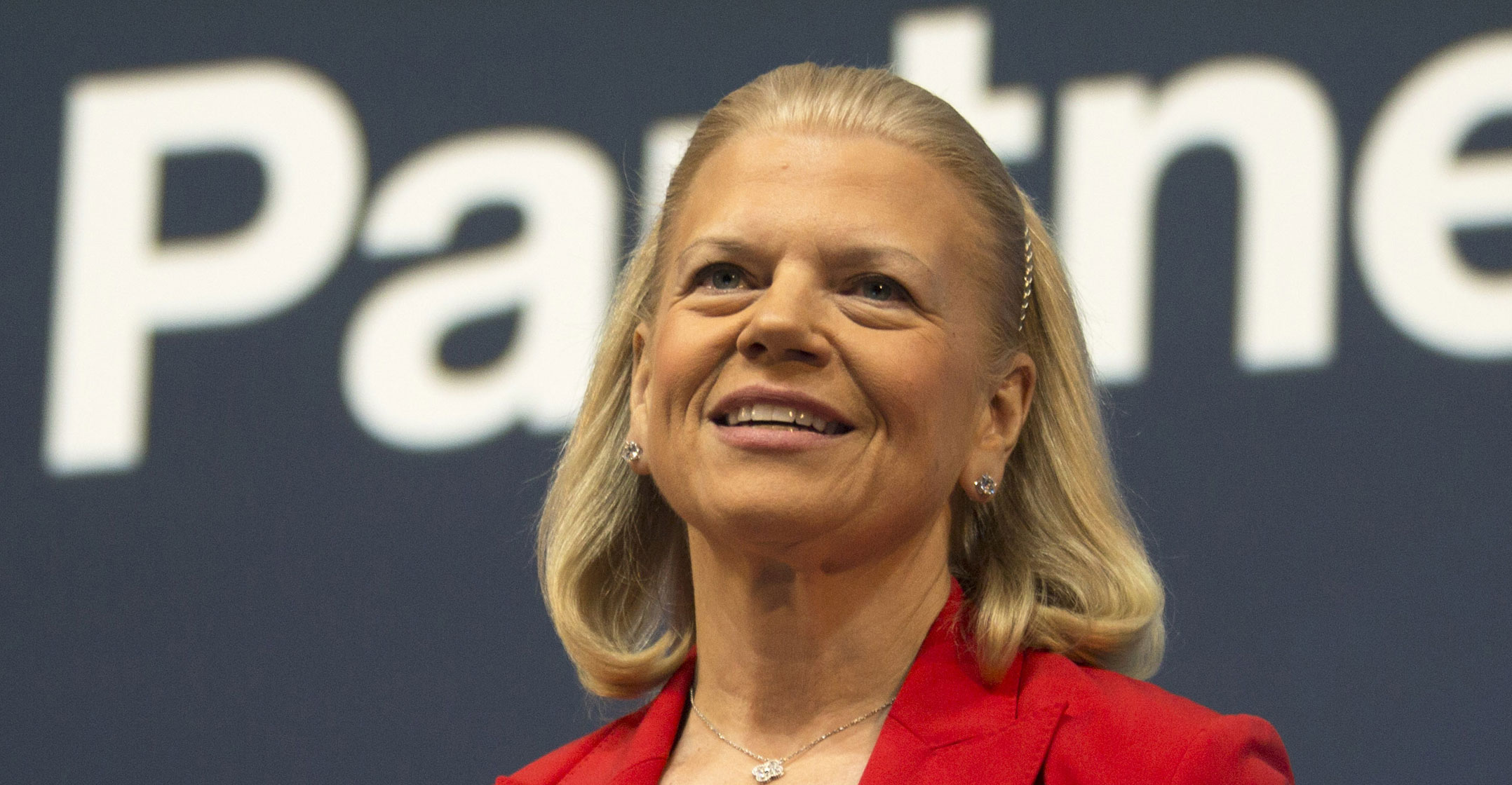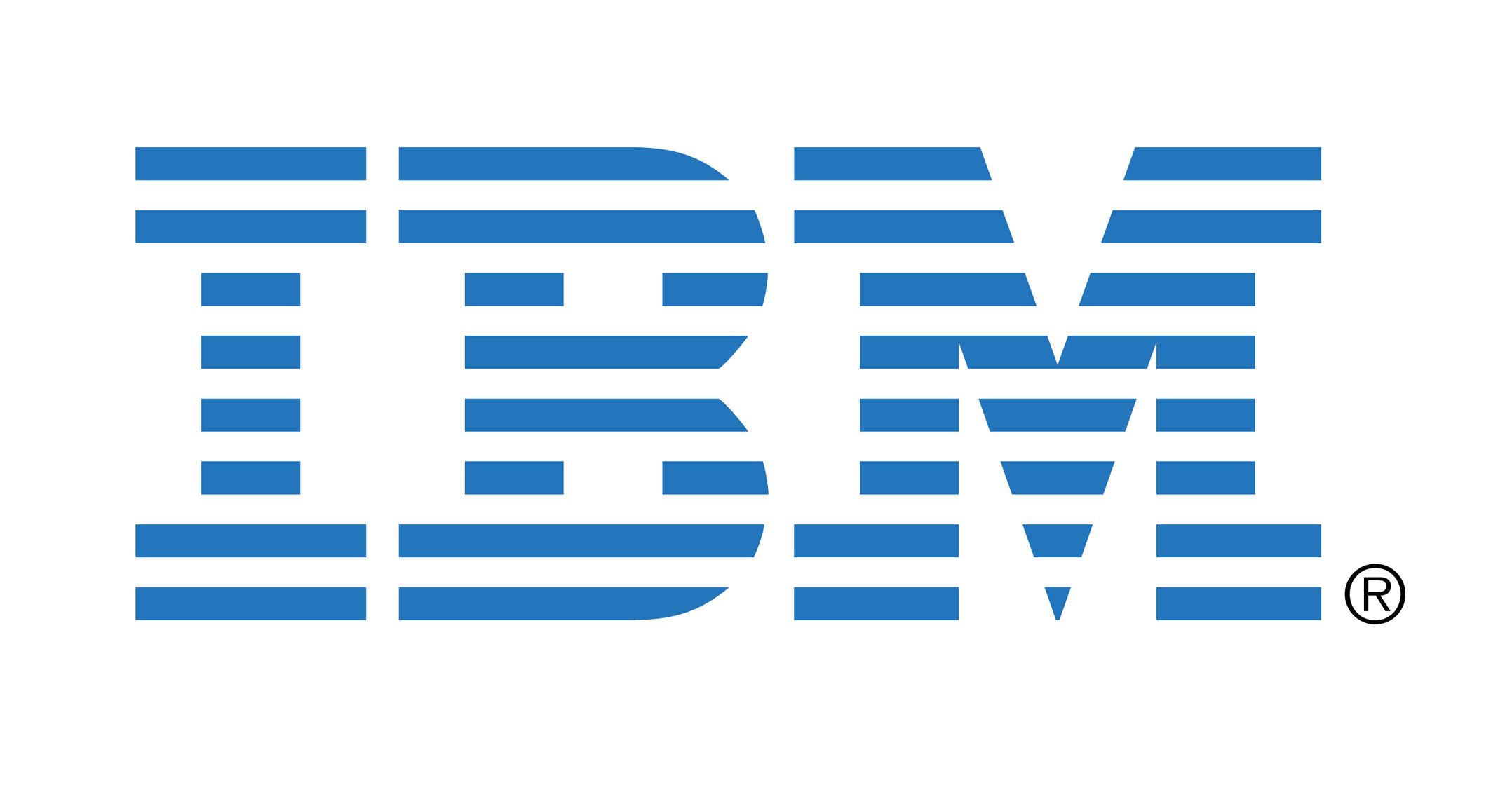
After more than five years of declining sales, IBM says it will finally show investors it can grow again. Wall Street cheered, sending the shares up the most in more than eight years.
Some of that sales boost will come from one of the company’s legacy hardware businesses, rather than the new services such as cloud and data analytics on which IBM has been pinning its prospects for growth.
Fourth quarter revenue is projected to be US$22-$22.1bn, which will represent as much as a 1.5% bump from the same period in 2016. It also tops analysts’ average estimate of $21.8bn. In the last quarter of the year — historically IBM’s strongest — revenue will improve by as much as $2.9bn sequentially, boosted in part by sales of its new mainframe server, chief financial officer Martin Schroeter said on Tuesday on a call to discuss earnings.
“The mainframe is going to drive a lot of the positive growth in the fourth quarter,” said Josh Olson, an analyst at Edward Jones & Co. “When you’re selling mainframes, you’re also selling a lot of software and services with that.” He rates the stock a hold.
The revenue forecast, coupled with growth in a number of key areas during the third quarter, was a welcome break for a company that had been battered in the market this year after a dismal first half. The shares rose as much as 10% to $161.23, the most since January 2009. They were trading at $161.04 at 3.01pm on Wednesday in New York, and were the top gainer in the Dow Jones Industrial Average and the Standard & Poor’s 500 Index.
If IBM achieves its sales outlook, it will end a 22-quarter streak of shrinking sales. During the third quarter, it came the closest to stemming that decline since the same period in 2016. Getting back to growth on the top line has been a major goal for CEO Ginny Rometty and a milestone investors are looking for as proof that the company can finally climb out of its rut.
But the mainframe business is cyclical, and analysts aren’t convinced that IBM can continue growing after server sales start tapering off. IBM will need to show that its other categories — in particular its newer businesses including cloud software and services — can pick up the slack, Olson said. At this point, declines in older operations still exceed the growth in newer ones, he said. Analysts see positive signs in some of those areas, but are looking for sustained growth before saying IBM’s turnaround is successful.
‘Some potential’
“They definitely have some potential going into 2018 in certain parts of the business, and you couldn’t say that a few years ago,” said Daniel Ives, head of technology research at GBH Insights. “It’s an execution story and 2018 will be a huge proving year for Rometty and IBM.”
Total revenue in the third quarter was $19.15bn, a decrease of less than 1% from a year earlier, but higher than the analyst average estimate of $18.6bn. Growth came from hardware, as well as the group that houses much of its software products.
Cognitive solutions, a segment that includes Watson analytics and other newer products for IBM, grew 3.9%, after a decline during the prior period. The systems unit also reported a gain, helped by improved sales in data storage products and the new mainframe server, which became available late in the third quarter, Schroeter said in an interview. The systems hardware unit, which includes the mainframe server, accounts for about 7% of total revenue.

“Cognitive solutions has attracted a lot of our investment, and when we look at underlying performance, it captures and reflects a lot of the new strategic imperative areas we’re going into,” Schroeter said. “We saw pretty broad-based growth across all cognitive solutions elements.”
These “strategic imperatives” include analytics, security and Watson-branded products and are a key indicator for IBM’s future success. The businesses that fall under this label grew 11% during the third quarter, compared to only 5% during the second. Getting back to double-digit growth for the category was an important metric for investors.
Big Blue missed revenue estimates for the first two quarters and the stock had declined more than 11% this year through to Tuesday, while the broader technology sector has been soaring to records. IBM’s status as a bellwether stock that paid high dividends had kept many investors hopeful that the company could turn things around, but the multiyear revenue declines have eroded confidence. Warren Buffett, once IBM’s most vocal champion and largest shareholder through his Berkshire Hathaway, soured on the company and sold about a third of Berkshire’s investment in IBM earlier this year.
Under Rometty, Armonk, New York-based IBM has been working to add revenue in cloud-based software and services. These newer operations now make up more than 40% of IBM’s total sales. But legacy businesses continue to deteriorate. Rometty has also invested more in artificial intelligence technology under the Watson brand, peddling the suite of products as IBM’s future and the driver for long-term growth. But the company doesn’t break out sales for Watson services and folds the group under the cognitive solutions segment — implying Watson isn’t yet big enough to be material.
Operating profit, excluding some items, was $3.30/share in the quarter ended 30 September, compared to the average analyst estimate of $3.28. IBM improved its gross margins from the previous quarter, in line with Schroeter’s forecast. That’s in part because IBM increased its software sales, which are highly profitable, and in part because the company is also growing its cloud business, which has better margins the bigger it gets, he said. — Reported by Jing Cao, (c) 2017 Bloomberg LP




